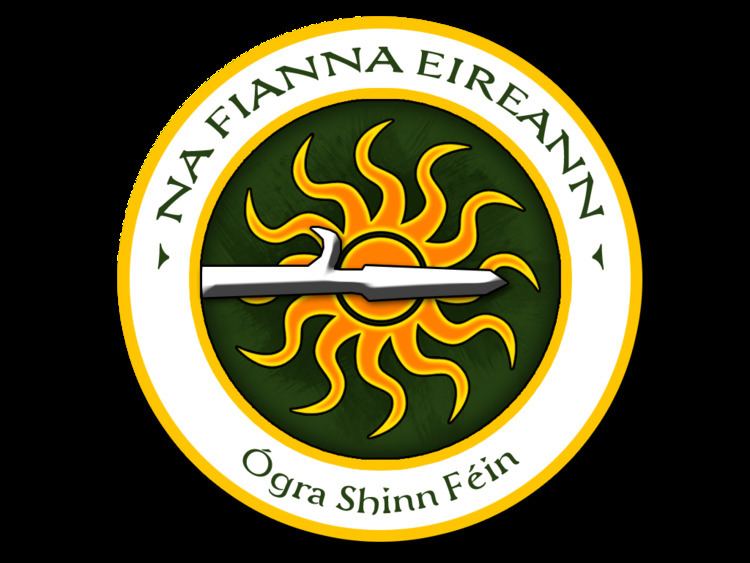 | ||
Similar Irish Volunteers, Provisional Irish Republic, Black and Tans, Irish Army, Defence Forces | ||
From na fianna to the ira extra scene from ireland s young warriors
Fianna (singular fiann) were small, semi-independent warrior bands in Irish mythology. They are featured in the stories of the Fenian Cycle, where they are led by Fionn mac Cumhaill. They are based on historical bands of landless young men in early medieval Ireland known as kerns.
Contents
- From na fianna to the ira extra scene from ireland s young warriors
- The firepower crew captain midnight and the fianna stone
- Historicity
- Legendary depiction
- War cry and mottos
- Notable fnnid
- Modern use of the term
- References
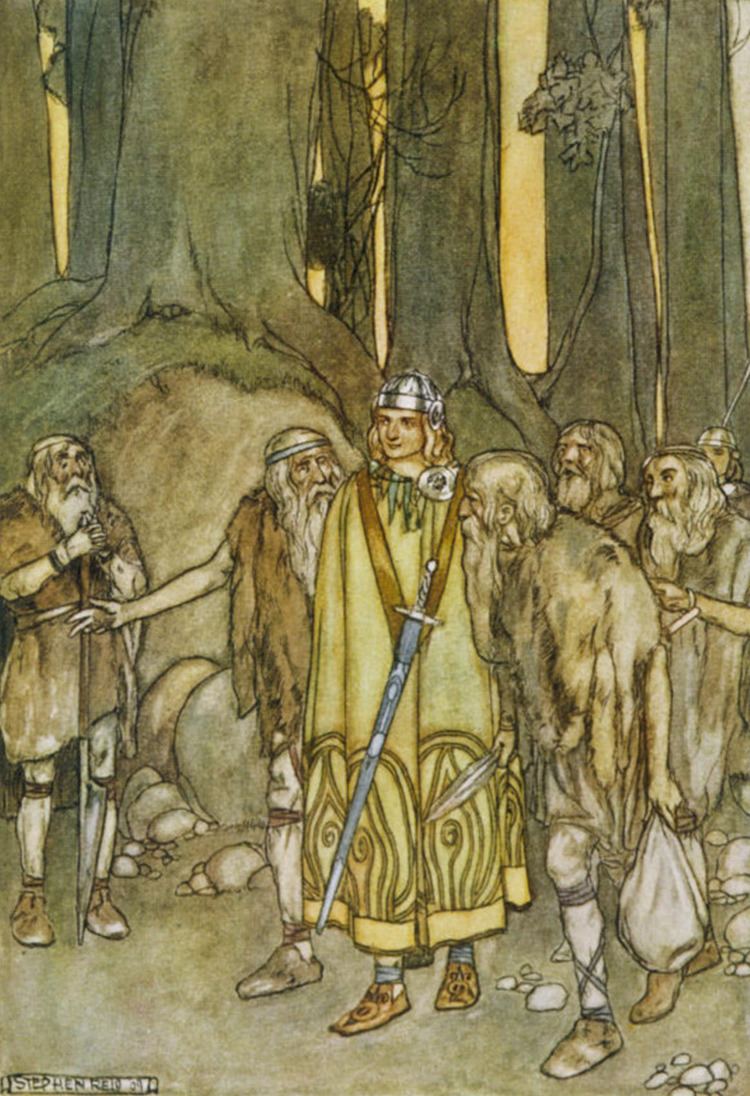
The firepower crew captain midnight and the fianna stone
Historicity
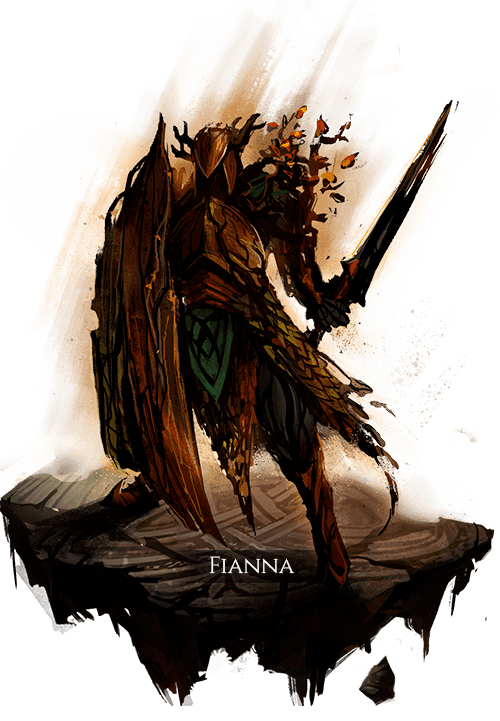
The historical institution of the fiann is known from references in early medieval Irish law tracts. A fiann was made up of landless young men and women, often young aristocrats who had not yet come into their inheritance of land. A member of a fiann was called a fénnid; the leader of a fiann was a rígfénnid (literally "king-fénnid).
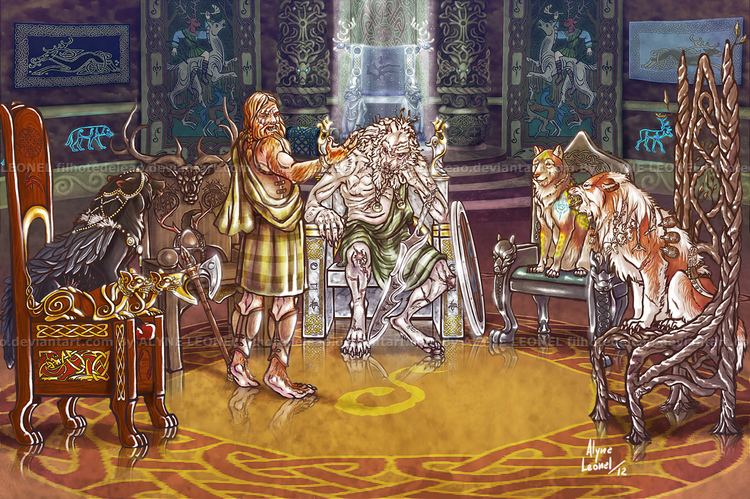
Geoffrey Keating, in his 17th-century History of Ireland, says that during the winter the fianna were quartered and fed by the nobility, during which time they would keep order on their behalf, but during the summer, from Beltaine to Samhain, they were obliged to live by hunting for food and for pelts to sell. Keating's History is more a compilation of traditions than a reliable history, but in this case scholars point to references in early Irish poetry and the existence of a closed hunting season for deer and wild boar between Samhain and Beltaine in medieval Scotland as corroboration.
Legendary depiction
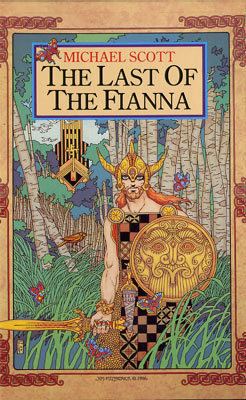
Some legendary depictions of fianna seem to conform to historical reality: for example, in the Ulster Cycle the druid Cathbad leads a fiann of 27 men which fights against other fianna and kills the 12 foster-fathers of the Ulster princess Ness. Ness, in response, leads her own fiann of 27 in pursuit of Cathbad.
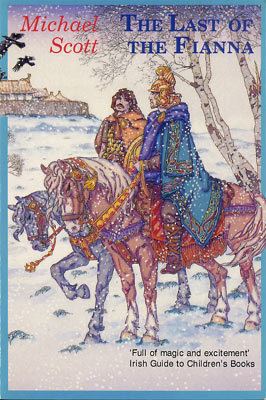
However, the stories of the Fiannaíocht, set around the time of Cormac mac Airt, depict the fianna as a single standing army in the service of the High King, although it contains two rival factions, the Clann Baíscne of Leinster, led by Fionn mac Cumhaill (Old, Middle, Modern Irish: Find, Finn, Fionn), and the Clann Morna of Connacht, led by Goll mac Morna, and lives apart from society, surviving by hunting.
War cry and mottos
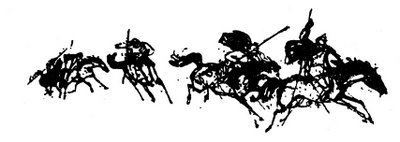
The Dord Fiann was the war-cry of the Fianna, and they frequently employed its use prior to and amid battle, either as a mode of communication or to put fear into their enemies. In the legend "The Death of Fionn", Fionn raises the Dord Fiann when he sees his grandson Oscar fall in battle (Battle of Gabhra) against the armies of Cairbre Lifechair, and proceeds to strike back at the enemy with great furiosity killing many dozens of warriors. The Battle of Gabhra also marked the demise of the Fianna.
They had three mottoes:
Notable fénnid
Modern use of the term
In more recent history, the name Fianna Éireann has been used, as Fianna Fáil ("the Fianna of Ireland", or Inis Fáil i.e. "the isle of destiny", and hence sometimes rendered "the soldiers of destiny") has been used: as a sobriquet for the Irish Volunteers, on the cap badge of the Irish Army, the name in Irish of the Army Ranger Wing (Sciathán Fiannóglaigh an Airm), in the opening line of the Irish-language version of the Irish national anthem, and as the name of the Fianna Fáil political party.
